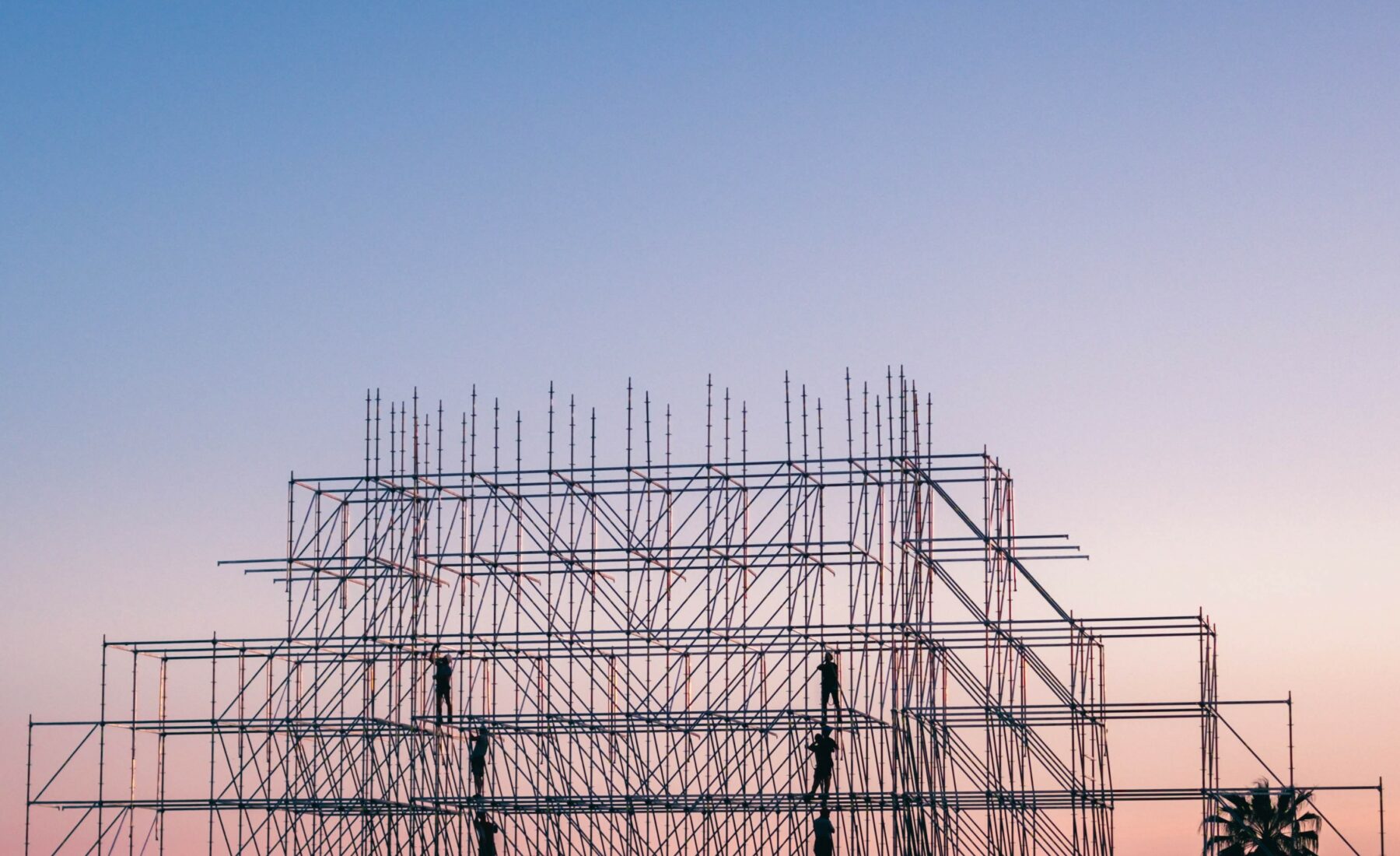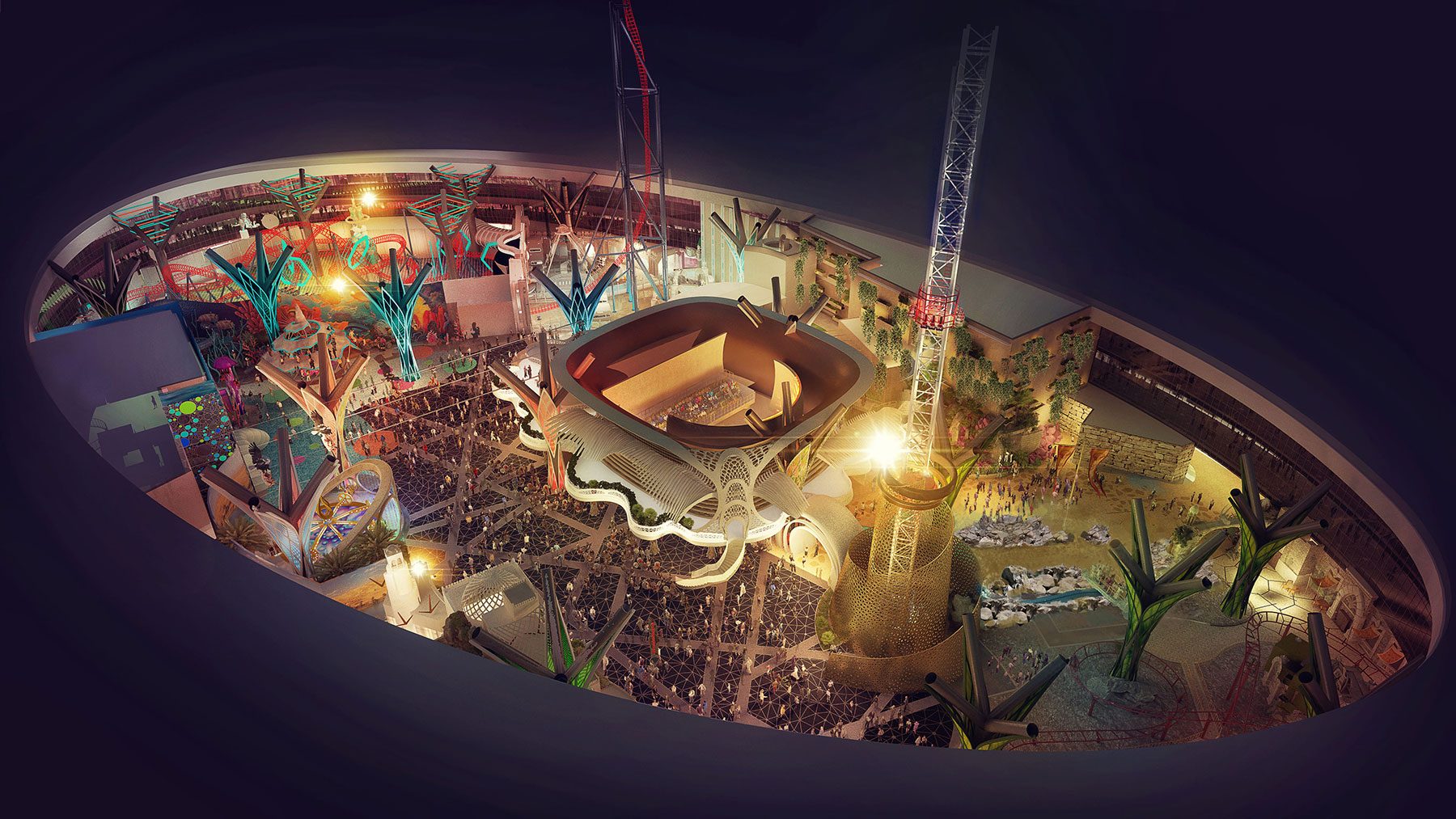Progressive Design-Build for Attractions: A One-Step Approach with One Team
Progressive Design-Build (PDB) brings together the best of Design-Build (a single point of responsibility) and Construction Management at Risk (preconstruction services with owner input). While typically applied to infrastructure-type projects, nFusion and The Companies of Nassal are bringing this approach to the Location-Based Entertainment sector. Immersive guest experience projects typically have complex multidisciplinary points of […]
Progressive Design-Build (PDB) brings together the best of Design-Build (a single point of responsibility) and Construction Management at Risk (preconstruction services with owner input).
While typically applied to infrastructure-type projects, nFusion and The Companies of Nassal are bringing this approach to the Location-Based Entertainment sector.
Immersive guest experience projects typically have complex multidisciplinary points of coordination to bring the storytelling concept to life. Specialty projects usually involve bringing on the vendor to do design-build of their patented or exclusive product to save time and money after the design has reached a schematic level of development.
Nassal has done this time and again for many clients in projects such as The Wizarding World of Harry Potter, 2021 Super Bowl champs Tampa Bay Buccaneers, Columbus Zoo & Aquarium and Space Shuttle Atlantis.
In this article, we will explore the principles of Progressive Design-Build and how we are applying it to the world of attraction projects.

What is Design-Build?
Design-Build accounts for 45% of all non-residential construction.
Why? Because it brings together design and construction as a one team under a single contractual point of responsibility for the Client.
The below infographic from Design Build Institute of America (DBIA) on Design-Build vs. Design-Bid-Build (DBB) and Construction Management at Risk (CM@R) demonstrates comparison benefits across multiple fronts:

The top reasons, according to DBIA, for choosing Design-Build as a project delivery method are:
- Timely delivery
- Achieve originally identified cost
- Adherence to owner’s values
- Strong collaboration with owner and team (transparency)
- Experience in sector of work
Why Progressive Design-Build?
In Design-Build, the qualified responsible entity typically provides the detailed design after concept and schematic design is complete.
If the design is still evolving, which is not unusual for specialty projects that are exploring new concepts, Progressive Design-Build allows for the design to evolve with owner and the Design-Builder in lockstep.
A Design-Builder is usually brought on when design is 35% complete, while in Progressive Design-Build, the Design-Build team is brought on in the earliest stage of project development, when the project is not completely defined, which ensures the greatest amount of collaboration with the owner.
Because Progressive Design-Build brings together the best of Design-Build (a single point of responsibility) and Construction Management at Risk (preconstruction services with owner input), we believe adding the ‘Development’ stage to the Progressive Design-Build delivery process brings immeasurable benefits to the project.
This end-to-end solution from concept to completion provides the client the ability to ‘control your own destiny’ in the risky proposition of doing immersive, experience-driven types of projects.
These projects typically involve a high level of theming, interactivity, media, and technology heavy components. All these specialized disparate disciplines must marry together with traditional A&E, IP brand requirements and operational standards and that is where the risk lies. The front-end planning is to build the roadmap and de-risk the project.
How do we do that? By aligning the program (scope, budget and schedule) to resources, procurement, and risk.
We define as much of the unknown as possible by creating and implementing these tools – the Program Book, Delivery Plan and Implementation Manual – to align and manage the team by with discipline and rigor.
During the design process, preconstruction services, such as constructability reviews, cost estimates and schedule planning, value engineering with best means and methods are instrumental in fulfilling the initial vision within the budget and schedule parameters.
This is a key component of Progressive Design-Build.

The benefits to end-to-end management and delivery via the Progressive Design-Build strategy are multifold:
Accountability & Continuity
One entity assumes all responsibility AND risk for project from beginning to end once concept, program and budget are aligned. Providing clients with a SINGLE point of contact, the responsible entity manages the project team and maintains project knowledge continuity throughout the life of the project.
Unlike the game of telephone played as a child, the vision and cost of the project remains unchanged from the beginning to the end of the project.
Specialty Expertise
The other major feature of Progressive Design-Build is that the Design Builder is selected almost entirely based on qualifications and experience. Risks are identified early and mitigation strategies and solutions are proposed.
Because specialty design and construction has been our core business for 35 years, working with nFusion and Nassal brings an owner and project team deep experience in solving challenges in a custom, one-off industry where every project is unique.
Controlled Budget and Schedule
In Progressive Design-Build, the owner contracts with the Design Builder based on qualifications and track record. The initial services contract is through the Development phase and once the design is around 50-75% defined, the lump sum or GMP contract is established with the owner.
With this model, there are no unexpected change orders within the agreed upon scope of work, as the Design Builder and its subcontractors are all design assist partners. The owner has control over the budget due to total transparency of bids and costs.
With hundreds of entertainment and cultural projects designed and built in the last 35 years, nFusion and Nassal can draw upon a historical cost database for actual costs of material, labor, equipment, and installation to build an estimate which informs the project costs throughout. One entity working with the owner on making decisions also leads to quicker decision making and schedule advantages.


